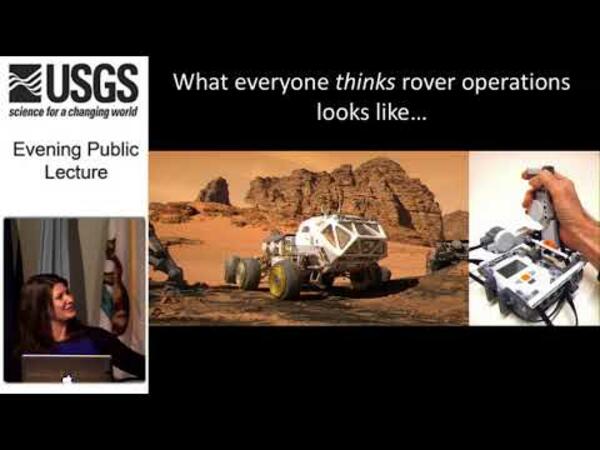Creating and editing Geologic Units using the PGM Toolbox
Creating and editing Geologic Units using the PGM ToolboxIn this demonstration video, you will learn how to create and update geologic unit polygons using the PGM Toolbox Build Polygons tool. The PGM toolbox is online.






















